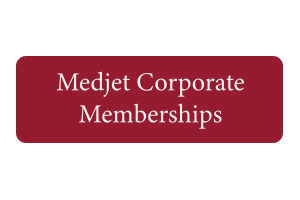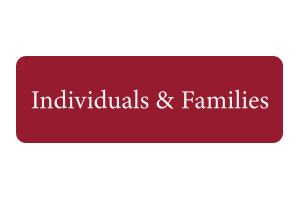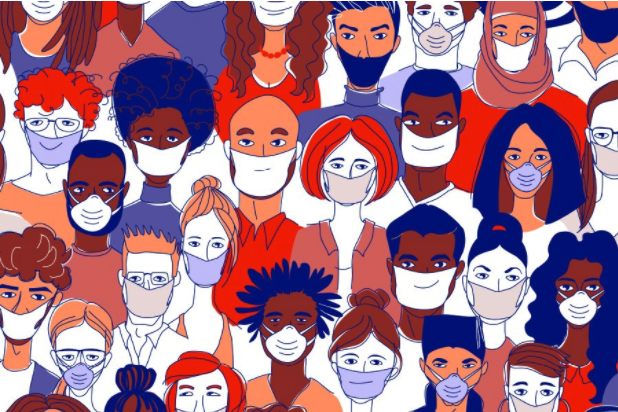Reprint from Business Travel Executive Magazine
by: Fatima Durrani Khan
May 16, 2020
The business travel industry is taking its biggest blow ever, according to experts. “The slump in travel will cause a $910 billion hit to the US economy alone; that is seven times the impact 9/11 had on the industry,” according to the
US Travel Association.
This is devastating news. However it’s important to note that human beings and the systems they function in – whether business or society or the family unit – are basically resilient by nature. In other words, although some business
travel organizations are witnessing their revenue streams come to a temporary halt, many are likely to find ways to survive in the short term and even thrive over the long haul.
Closing the Gaps
One of the most important things COVID-19 is teaching the industry is how to scrutinize gaps in travel risk management procedures and policies. Fortunately, there are plenty of travel industry leaders who are assisting in filling these much-overlooked
cracks – and thereby transition to a new “normal.”
See how Medjet has helped thousands of corporations close the gap in their risk management strategy.
Strategic Forecasting
At the core of the COVID-19 crisis lies the need to communicate facts and educate businesses. “We’ve been educating in a number of key areas such as the importance of having traveler tracking, a solid communication plan, and a reporting mechanism
in place. As an intelligence provider in the business of ‘people risk management,’ we’ve been providing executive level briefings to major companies and offering strategic forecasting on what are possible outcomes for the future,”
says WorldAware business travel service’s President, Bruce McIndoe. “In a nutshell, we are looking at the next 18-plus months with multiple waves of the infection necessitating suppression actions – like work-from-home, physical
distancing, stores staying closed – being ramped up and down,” McIndoe says. “Separate from that is the actual recovery of the travel industry. Climbing back economically will take years once people are comfortable getting back out
on the road and countries open up to allow free movement.”
Why use the next 18-plus months as a timeline? This is based on several assumptions. “One is that when enough of the population – possibly 60 percent or 80 percent – is resistant to COVID-19, we may enter a state of ‘herd immunity.’
Unfortunately, no one knows exactly how long this will take because 1) we don’t know who is infected 2) who has recovered and become immune and, 3) who is still susceptible. This information can only emerge from widespread testing. We also don’t
know if an infected person can get re-infected,” he continues.
Plan ahead with Medjet corporate memberships.
But what about those rumors of life “returning to normal” by summertime? “The data doesn’t tell us that COVID-19 is seasonal – or that it’s not. So it’s unclear how we can release millions of people from their
homes and risk infecting them,” McIndoe cautions. “Best case scenario is to allow certain cohorts to go back to work, like we did essential hospital, police and fire staff, etc. But for the majority, work from home will be the norm,”
he says.
“The same goes for the fall of 2020. With the regular influenza season in full force then, and a likely second COVID-19 wave, any relaxation may be short-lived, with us having to ramp up similar suppression strategies. This will have a major impact
on students getting back to school and the November US elections.” All this will likely happen in fits and starts around the world, and it will be a bumpy ride.
Let’s Keep Talking
In a world of unknowns, it seems the best way to utilize this time of uncertainty is by reviewing your business resiliency plan and retooling your travel program for the new realities. For travel risk managers that means developing a
coordinated policy in collaboration with HR, Medical and Security, within the backdrop of duty of care. It’s imperative to launch policies that are adaptable and proactive – not only if/when the next COVID-19 wave strikes, but when any
other type of crisis hits.
Learn how Medjet can elevate your Duty of Care solutions.
TRMs should also focus in on travel data and travel budgets. “This is a time for rebound,” reaffirms Seabrook, NH-based Private Jet Service’s CEO, Greg Raiff. “TRMs know the rules are changing and are searching for cost-effective,
out of the box solutions. While [commercial] flights are reducing capacity today, they will soon be at higher flight loads again. Scheduled airlines will raise fares. Think about the exposure reduced, the time saved, and the non-cash value of delivering
employees straight home without a connection in a large hub nor hotel accommodations [via private aviation].”
When the pandemic turns the corner and business stages a comeback, how will this global experience have permanently altered the travel landscape?
“As the COVID-19 crisis spread, we had a lot of healthy members anxious to get home,” says Michael Hallman, CEO of Medjet in Birmingham, AL. “When business travel does resume, I think
there will be a much higher focus on health and safety solutions for travelers. End-to-end, door-to-door travel planning, vetting ‘safe’ destinations, ‘clean’ hotels, ‘trusted’ restaurants, ‘known’ cars
and drivers, and elevated health event solutions.”
The time is now to prepare for that inevitable re-emergence of business



READ THE FULL ARTICLE AT Business Travel Executive